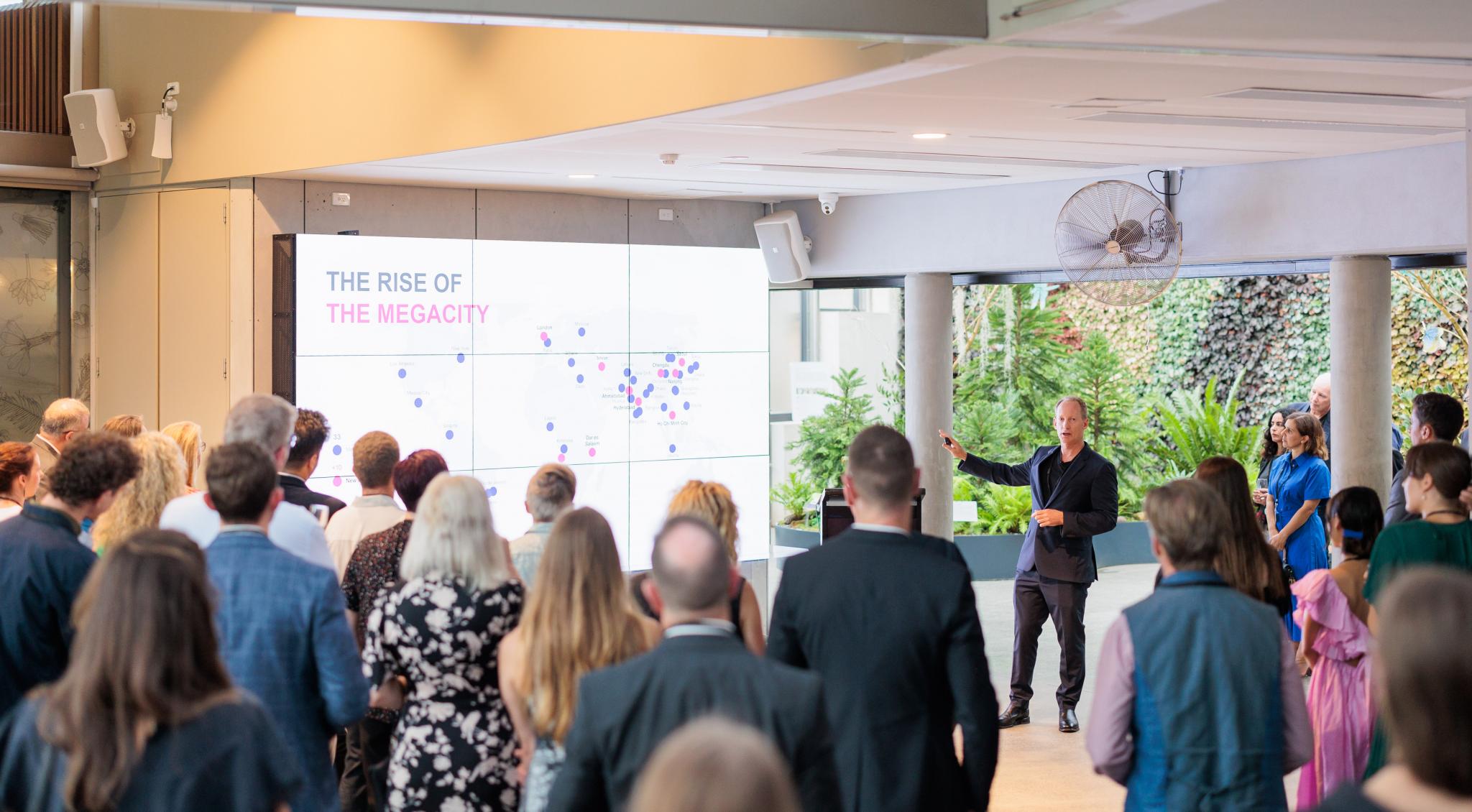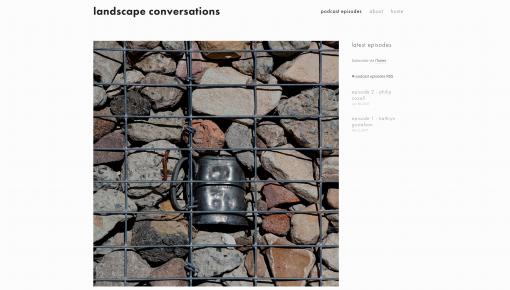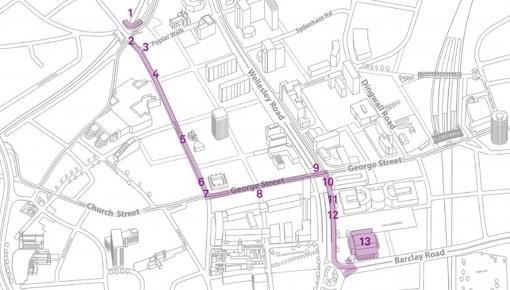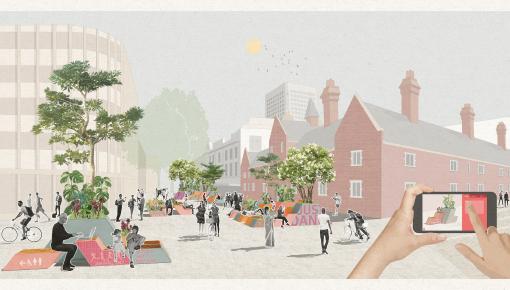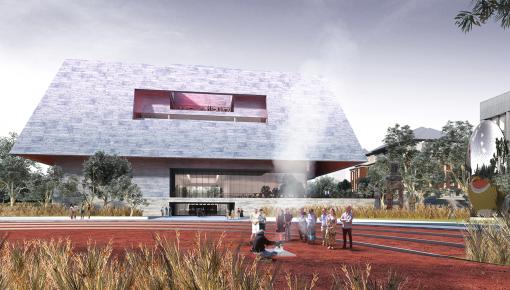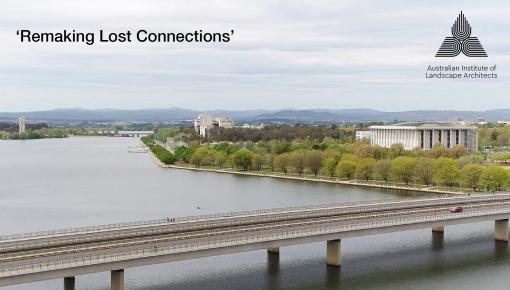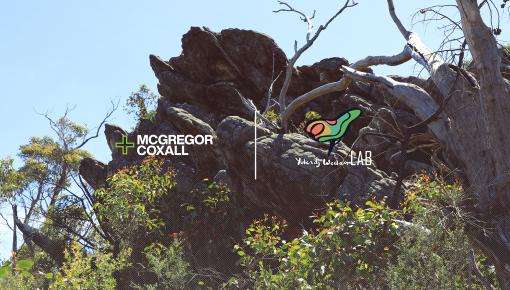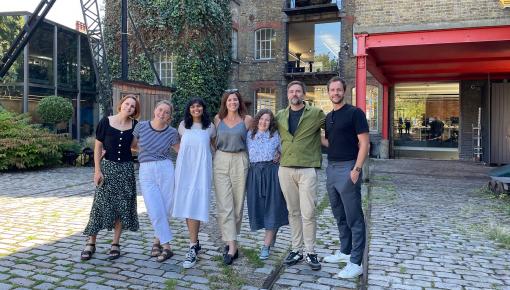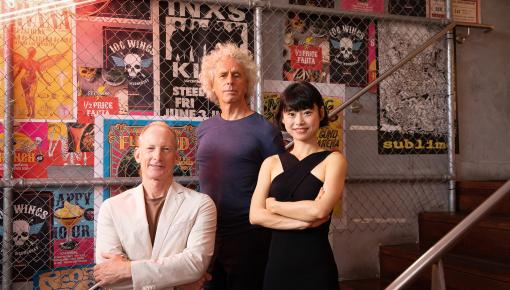'Biourbanism :: CIties as Nature' launched in Sydney
Following a successful global launch in London last year, Adrian McGregor, Founder and Chief Design Officer at McGregor Coxall, Adjunct Professor at the University of Canberra, and highly awarded Landscape Architect, launched his new book ‘Biourbanism :: Cities as Nature’ in Sydney.
Unveiled at The Calyx in Sydney’s Royal Botanic Gardens, the book sets out a groundbreaking new model to assist cities decarbonise, increase resilience to climate change and deliver prosperity.
Following a presentation by McGregor on the Biourbanism model, Chief Executive of Royal Botanic Gardens and Domain Trust, Denise Ora led a discussion on the importance of nature-based design solutions for global cities to tackle climate change.
Explored in his presentation, McGregor declared that decarbonizing the worlds 10,000+ cities is the solution to climate change. Research represented in the book declares cities are responsible for creating more than 75% of global greenhouse gas emissions. In response, cities must act swiftly to electrify using renewable energy while the use of fossil gas, coal, and oil for energy needs to cease. McGregor’s book is a call to action for cities to take a more intelligent sustainable design approach to ensure they are resilient to the increasing impacts of global warming.
“Cities and citizens are facing an existential threat. 70% of the planet’s cities are already dealing with climate change and by 2050, an approximate US$158 trillion of global assets will be at risk – double the total annual output of the global economy,” said McGregor.
“In many ways, Australia is a ‘canary in the coalmine’ on climate impact and our cities and communities are already suffering. Today, we have climate refugees in the Northern Rivers area of New South Wales and many people have still not recovered from the 2020 bushfires.”
The Biourbanism model adopts new urban science to propose that cities must be reclassified as anthromes, or anthropogenic biomes, a form of human modified nature. The circular model asserts humans and cities exist as a part of nature, not in parallel with it.
“We all exist together inside the biosphere of ‘spaceship earth’, a term coined by [American engineer, architect, and futurist] Buckminster Fuller used to describe the fragile vulnerability of the earth’s ecosystems,” said McGregor. “Our planet and our cities are a system of systems, but we have failed to comprehend the best way to work with and not against these ecological systems.”
The model consists of ten systems that capture cities’ function: the five Bio Systems include citizens, food, landscape, waste and water - the five Urban Systems are economy, energy, infrastructure, mobility, and technology.
Biourbanism sets out how cities can utilize emerging digital twin technology, a metaverse modeled to mimic the physical city, to track progress on their planning, environmental and prosperity targets. Using AI and powerful computing software it is now possible to predict and model the way a natural disaster will impact a city.
“Human beings or Homo sapiens are part of nature, part of the environment. Unfortunately, we’ve detached ourselves from this notion, and it has impacted our understanding of how cities function and what drives them,” McGregor said. “Biourbanism is a new tool to help cities manage the challenges ahead and continue to be prosperous, wonderful places to live.”
McGregor has used the Biourbanism model to design new cities outside Australia. The theory has been developed over the past 15 years and tested through a range of large-scale projects and university research.
Organised into four chapters, the book’s primary objective is to unite cities around decarbonisation and resilience through a tool that is easy to use, plan, and deliver opportunities to futureproof the world. Chapter One discusses the rise and fall of cities, and why they’ve collapsed in the past. Chapter Two is about the challenges cities face under the climate emergency and the events that impact them today, including sea-level rise, coastal erosion, flooding, drought, extreme heat, bush fire and food security. Chapter Three describes the science that sits within the Biourbanism framework and explores the idea of the anthrome, discussing the ten systems in detail. Chapter Four is about how to deliver Biourbanism – more specifically, how to deliver a Resilience Action Plan based on the ten systems and subsequent indicators specific to a city.
“This book is written for current and future generations. It’s for us, our children, and our children’s children,” said McGregor. “It’s a tool to decarbonise cities, increase climate resilience, create prosperity and change the course of history - the time to act is now.”
The release of ‘Biourbanism :: Cities as Nature’ coincides with the launch of McGregor Coxall’s fourth discipline, the Biourbanism Lab. ‘The Lab’ is an urban research entity established to put the Biourbansim model into practice. It is already helping cities and regions increase resilience by building digital twins, integrating geospatial technologies, analysing satellite data and harnessing artificial intelligence. Data-driven modelling and research undertaken by the Lab support McGregor Coxall’s well established Landscape Architecture, Urban Design and Environment disciplines across four global studios.
‘Biourbanism :: Cities as Nature’ is now available for purchase on Amazon.
OTHER NEWS
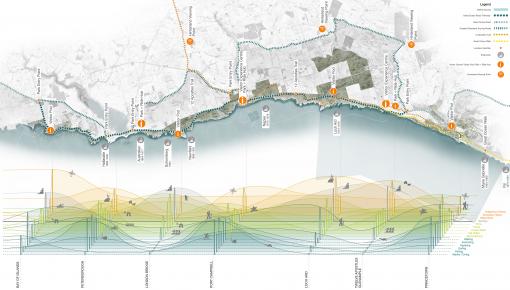
Media
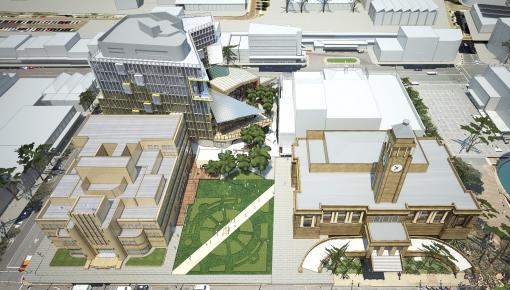
Media
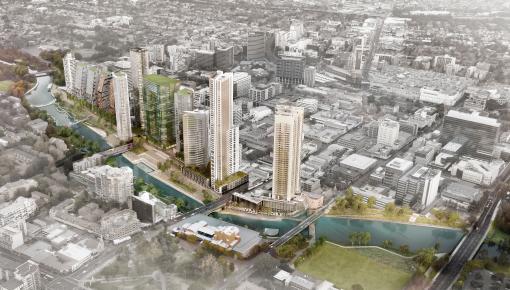
Media
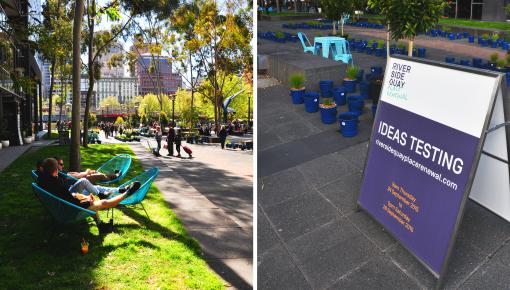
Media
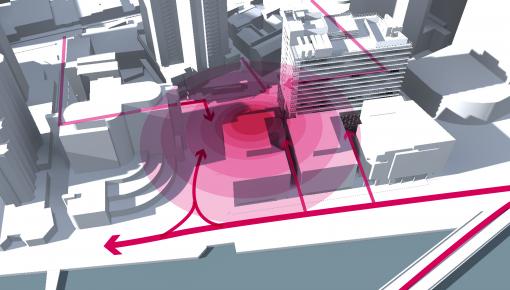
Project Milestone
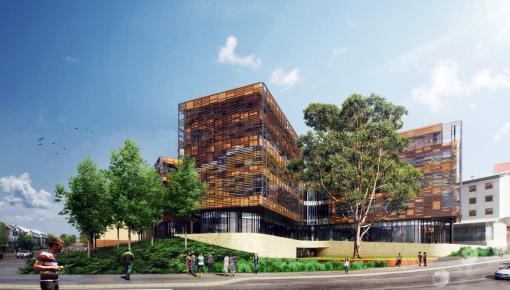
Biocity Studio
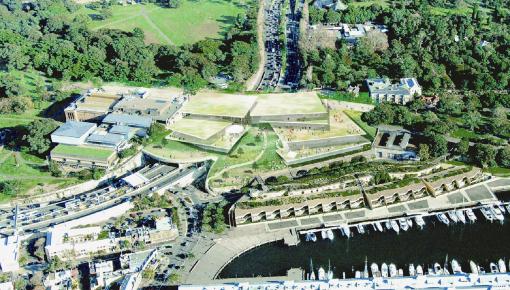
New Project

Event
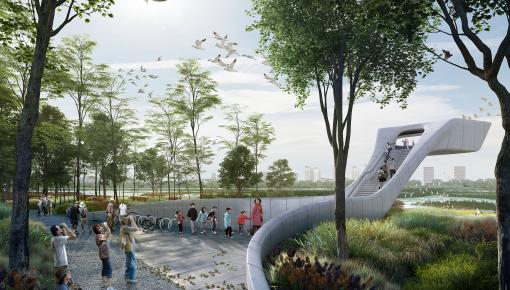
Media
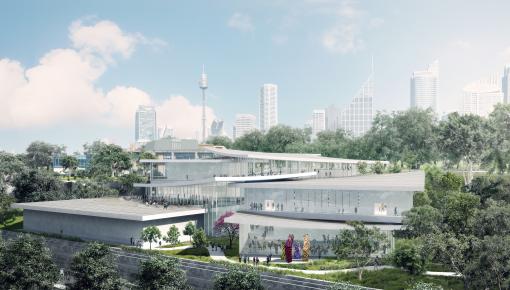
Project Milestone
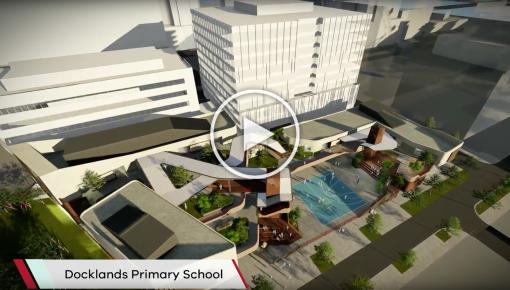
Project Milestone

Media
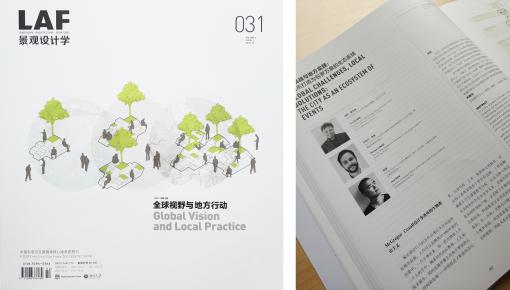
Media
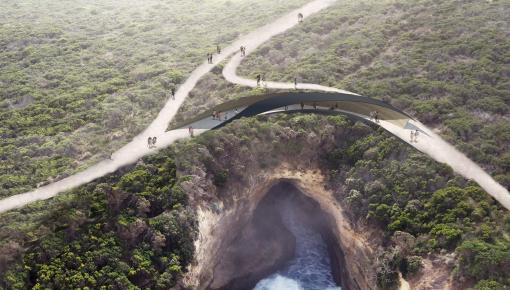
New Project
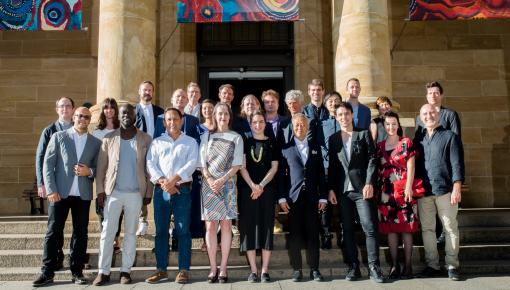
Event
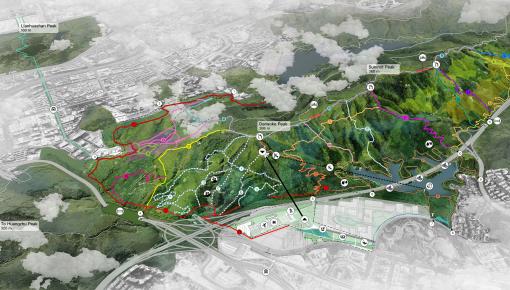
Event
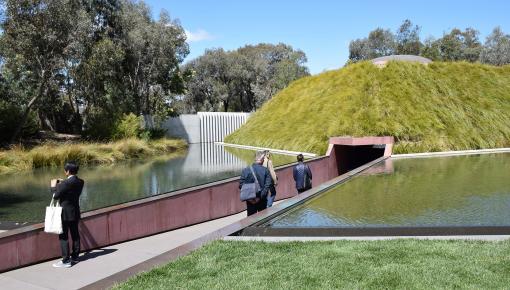
Media
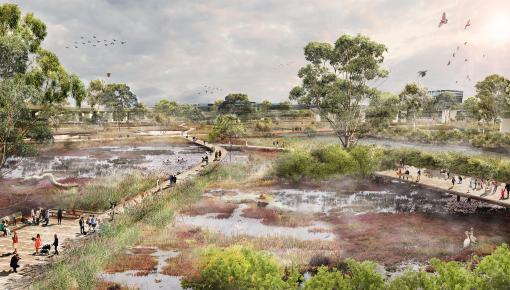
Media
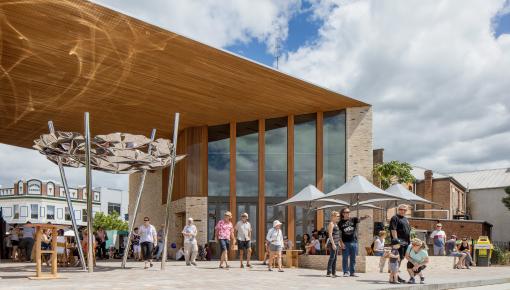
Awards

Event
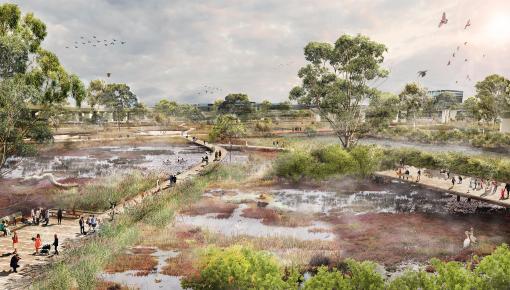
Project Milestone
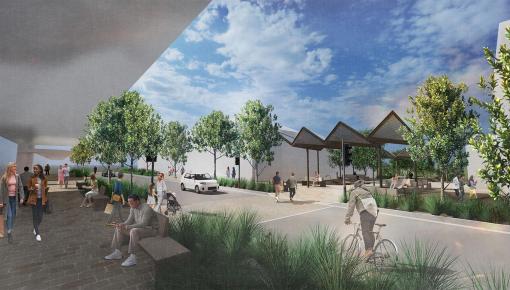
Project Milestone
Project Milestone
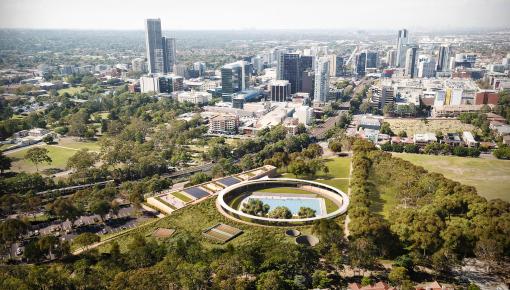
Project Milestone
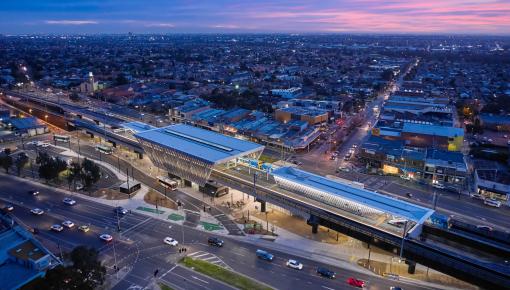
Awards
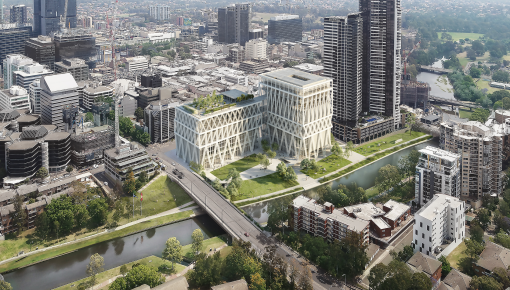
Media
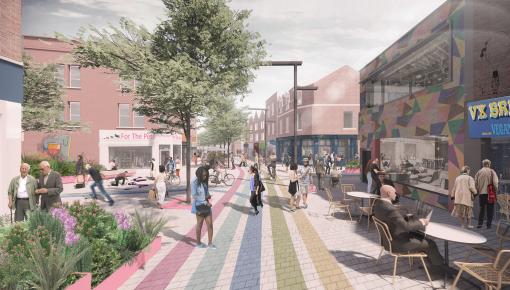
Media
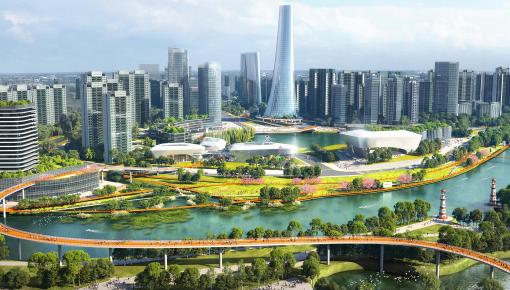
New Project
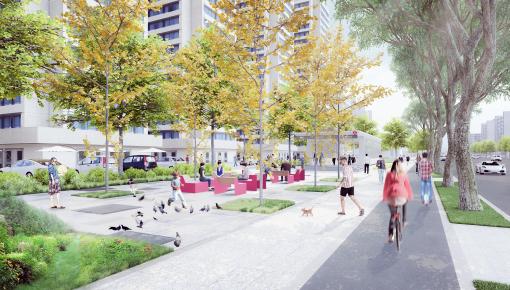
Media
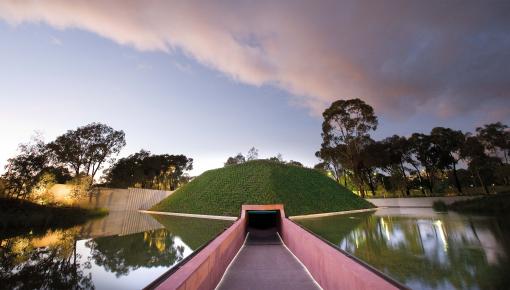
Media

Media
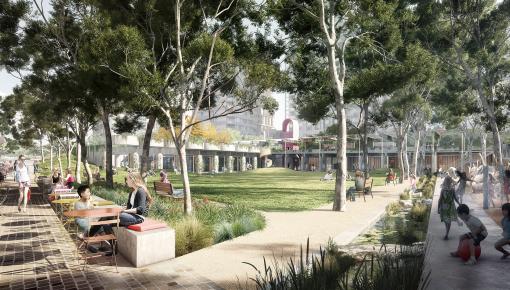
Media
 - Katie Earle, Andrew Langford, Matt Ritson, Julia Manrique, Fraser Halliday.jpg&w=510&h=290&q=100)
Media
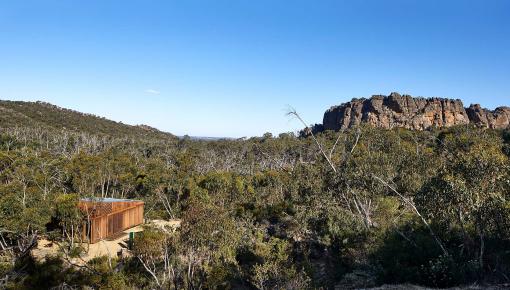
Project New Photos
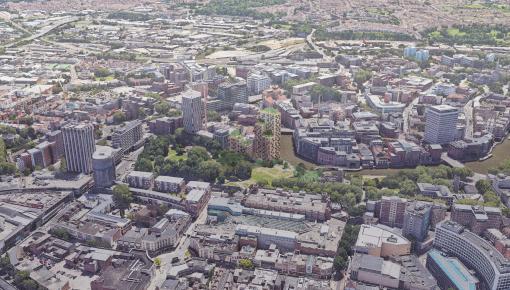
New Project
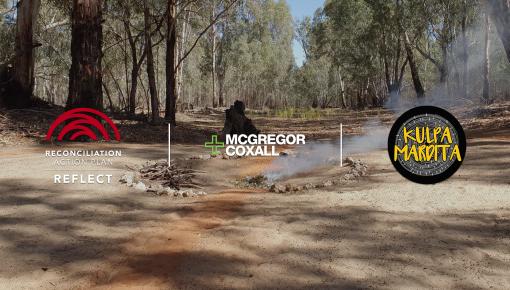
Insights
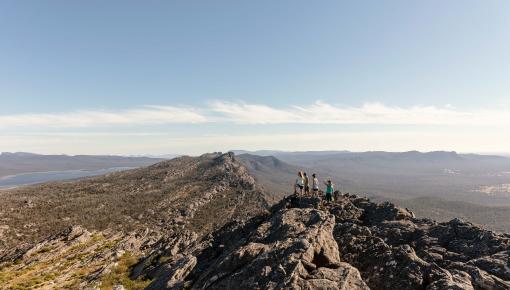
New Project

Awards
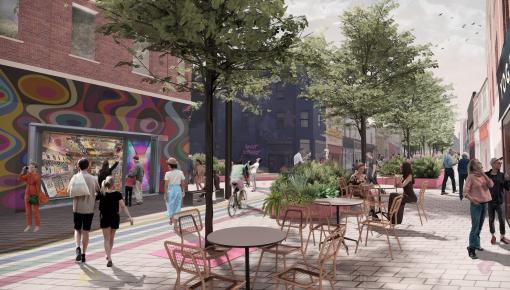
Project Milestone

Project Milestone

Media
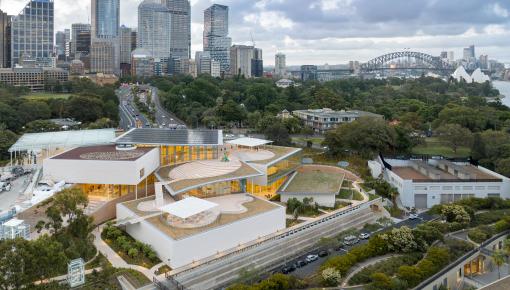
Project Opening

Media
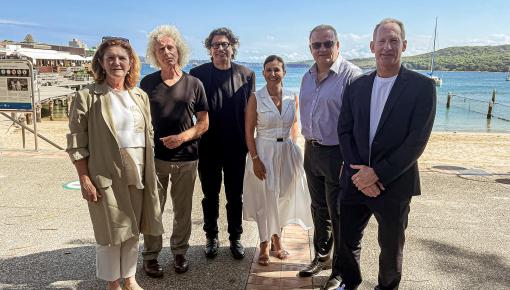
Media

Media

Awards

Media

Media
